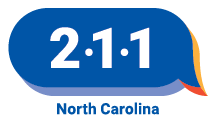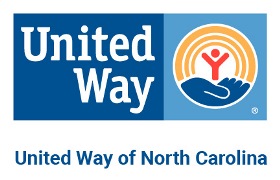Suicide is one of the leading causes of death in the United States, with 1.2 million suicide attempts in 2020 alone. Understanding the warning signs for suicide and where to turn for help can save lives.
What are risk factors?
Risk factors are characteristics that make it more likely for someone to consider suicide. A few examples are:
- Mental disorders
- Substance use disorders
- History of trauma or abuse
- Family history of suicide
- Loss of relationship or job
- Lack of social support and sense of isolation.
CLICK HERE for more information.
What are warning signs?
Warning signs can help you understand if someone you know is at risk of suicide. A few examples are:
- Talking about wanting to die or wanting to kill themselves
- Talking about feeling empty or hopeless or having no reason to live
- Talking about feeling trapped or feeling that there are no solutions
- Feeling unbearable emotional or physical pain
- Increasing the use of alcohol or drugs
- Talking about being a burden to others
- Withdrawing or isolating themselves
- Giving away important possessions, saying goodbye to friends and family, and putting affairs in order (such as making a will).
CLICK HERE for more information.
What can I do to help someone who is at risk of suicide?
- ASK: “Are you thinking about killing yourself?”
- KEEP THEM SAFE: Reducing a suicidal person’s access to highly lethal items or places is an important part of suicide prevention.
- BE THERE: Listen carefully and learn what the individual is thinking and feeling.
- HELP THEM CONNECT: Save the 988 Lifeline’s number (9-8-8) and the Crisis Text Line’s number (741741) in your phone, so it’s there when you need it. You can also help make a connection with a trusted individual like a family member, friend, spiritual advisor, or mental health professional.
- STAY CONNECTED: Staying in touch after a crisis or after being discharged from care can make a difference.
Are there resources that can help?
There are many resources available that could help someone who is considering suicide.
Crisis Centers988 Lifeline (formerly the National Suicide Prevention Lifeline)
- Call 9-8-8
- CLICK HERE to chat with someone online.
The Peer Warmline
- 1-855-PEERS NC (1-855-733-7762), and people who call 988 will have the option to connect with the Peer Warmline if they prefer to speak with a peer.
- Launched by the North Carolina Department of Health and Human Services on Feb. 20, 2024.
- The Peer Warmline works in tandem with the North Carolina 988 Suicide and Crisis Lifeline by giving callers the option to speak with a Peer Support Specialist.
- Peer Support Specialists (or “peers”) are people living in recovery with mental illness and/or substance use disorder who provide support to others who can benefit from their lived experience.
Crisis Text Line
- Text HOME to 741741 to connect with a crisis counselor.
Veteran’s Crisis Line
- Call 1-800-273-8255 and press 1.
- CLICK HERE to chat with someone online
- Text 838255.
Therapy can help individuals learn about themselves and how to deal with stressful situations and mental health disorders. CLICK HERE to locate a mental health provider or call SAMHA’s treatment referral and information helpline at 1-888-662-4357.
Many people who are at risk of suicide have a mental health illness or substance use disorder. Medication (alongside therapy and other tools) may be able to help. Health care providers can work with patients to find the best medication(s) as well as the right dose.
For other resources, visit nc211.org and type the following keywords into the search bar: “Crisis Intervention,” “Suicide Prevention,” “Mental Health Crisis Lines.”
Need more information?
If you or someone you know is experiencing an emergency, dial 2-1-1 or one of the crisis centers above. For other questions, call 2-1-1 or 1-888-892-1162 to speak with someone from the NC 211 team.
SOURCES: NCDHHS, NIMH, SAMHSA, Suicide Prevention Lifeline, American Foundation for Suicide Prevention
Last updated 5/16/2024


